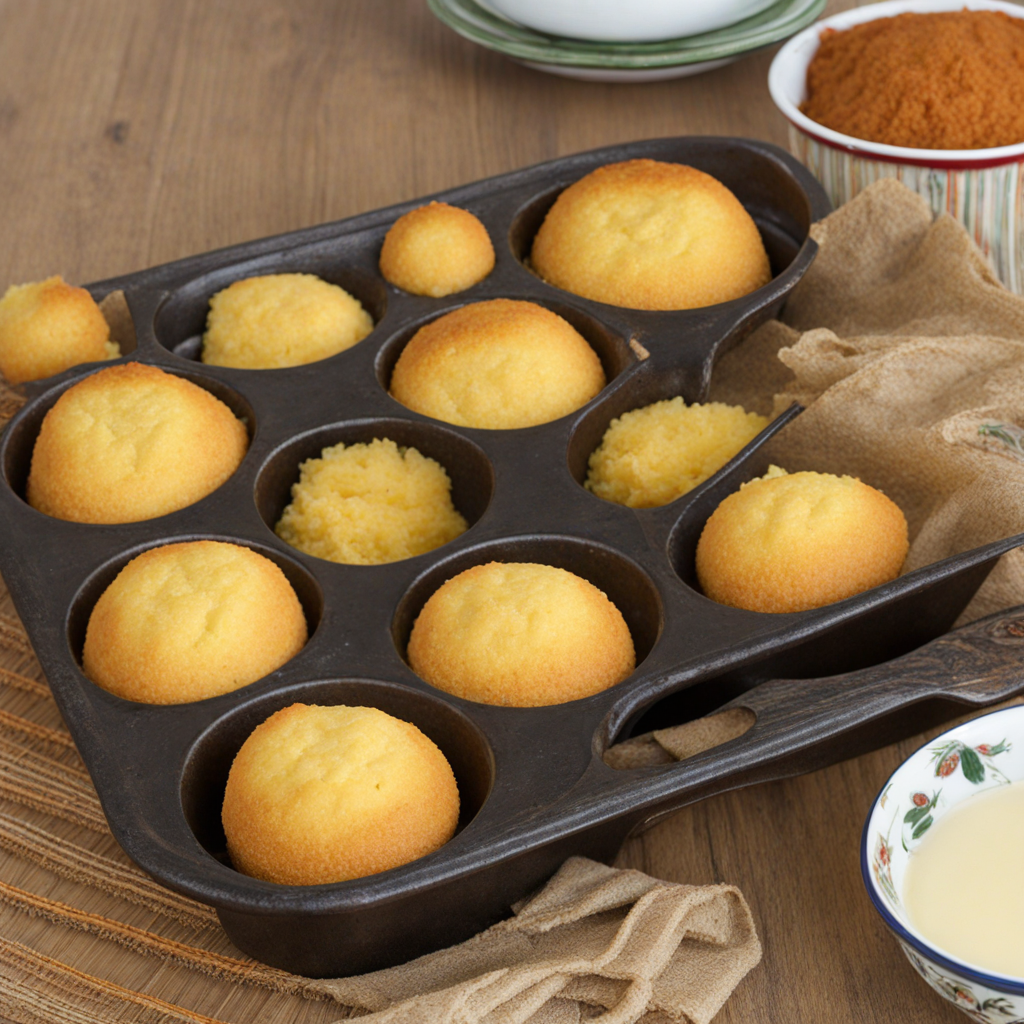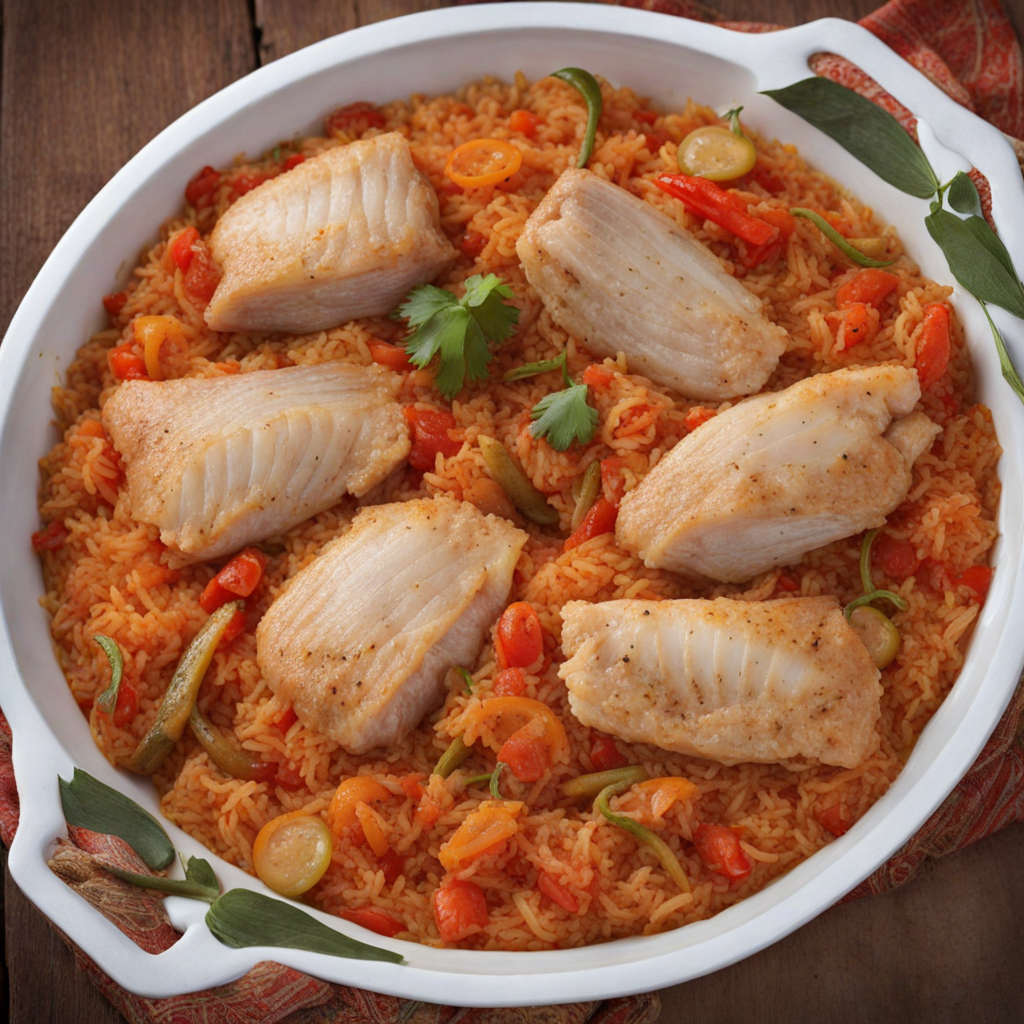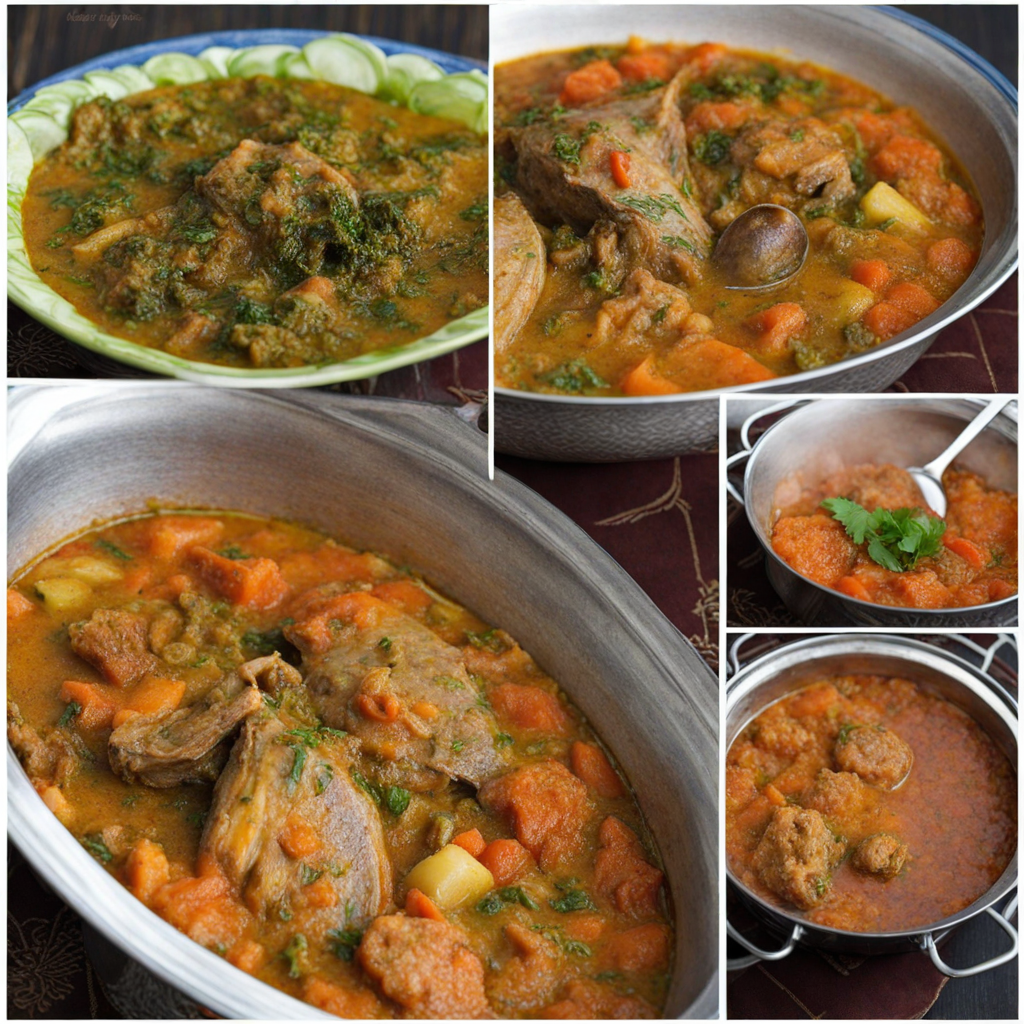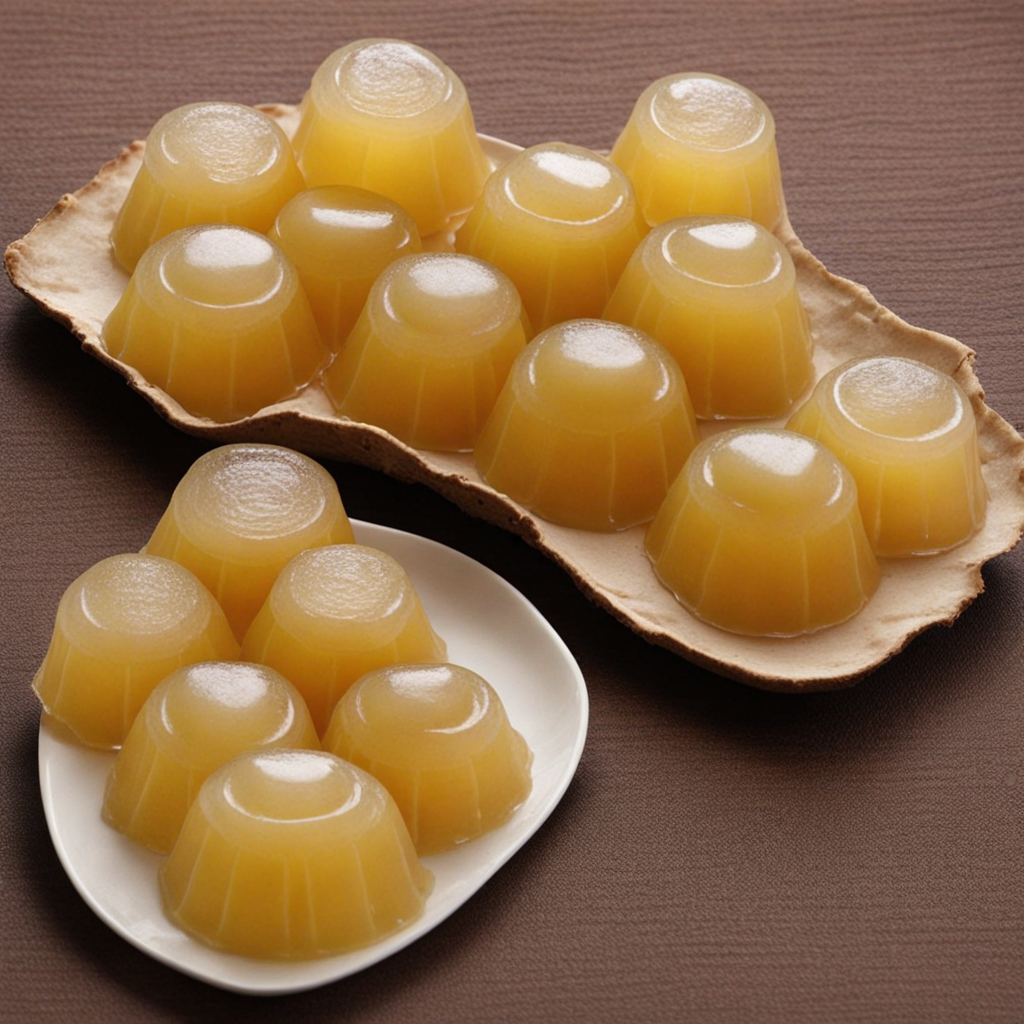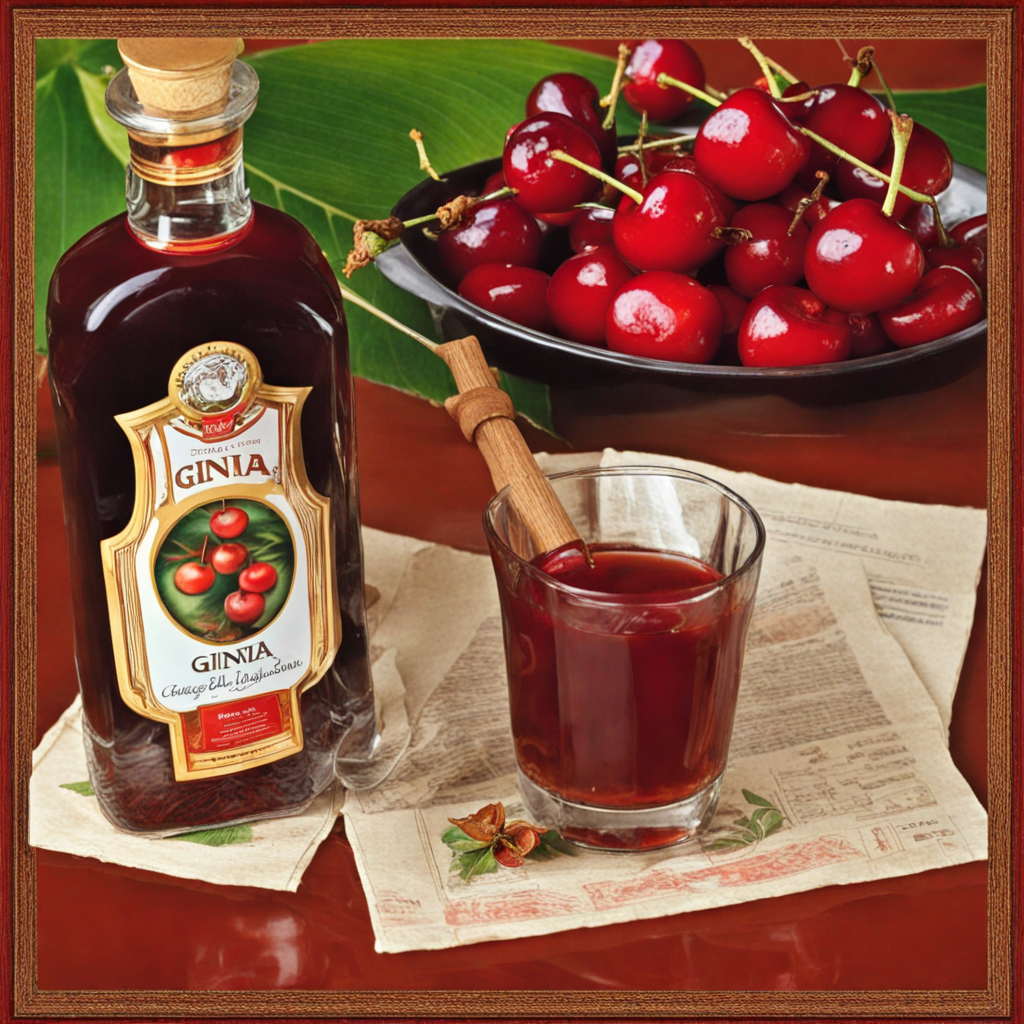Pão de Milho
Pão de Milho, or corn bread, is a beloved staple in Angolan cuisine that captures the essence of the country’s agricultural heritage. Made primarily from finely ground cornmeal, this traditional bread boasts a unique texture that is both dense and slightly crumbly, providing a satisfying bite. Its golden-yellow hue not only makes it visually appealing but also hints at the natural sweetness of the corn used in its preparation. Often served warm, Pão de Milho has a comforting aroma that invites you to indulge in its rustic charm. This delightful bread is typically enjoyed as an accompaniment to a variety of dishes, ranging from hearty stews to grilled meats. Its mild flavor profile allows it to absorb the rich and spicy sauces common in Angolan cooking, enhancing the overall dining experience. Many Angolans also enjoy it with a spread of butter or a drizzle of honey, transforming it into a comforting snack or breakfast option. The versatility of Pão de Milho makes it a perfect partner for any meal, embodying the warmth of Angolan hospitality. In addition to its delicious taste, Pão de Milho holds cultural significance, often being prepared for family gatherings and celebrations. The process of making this bread can be a communal activity, bringing together family members to share in the joy of cooking. Each bite of Pão de Milho is a taste of Angola, offering a glimpse into the country’s vibrant traditions and culinary practices. Whether you’re savoring it for the first time or enjoying it as a cherished part of your meals, Pão de Milho is sure to leave a lasting impression on your palate.
How It Became This Dish
Pão de Milho: The Heart of Angolan Cuisine Pão de Milho, or corn bread, is a beloved staple in Angolan cuisine, deeply embedded in the cultural fabric of the nation. This humble dish tells a rich story that intertwines indigenous practices, colonial influences, and modern culinary trends, making it a symbol of resilience and cultural identity. Origins The roots of Pão de Milho can be traced back to the indigenous populations of Angola, primarily the Ovimbundu, the Kimbundu, and the Bakongo ethnic groups. These communities cultivated corn (maize), which was introduced to Africa from the Americas by Portuguese traders in the late 15th century. Corn quickly became a fundamental crop in Angola due to its adaptability to the local climate and soil. It soon replaced millet and sorghum as the primary staple grain. The use of corn in Angolan cuisine is not merely practical; it has spiritual significance as well. For many communities, maize is seen as a gift from the ancestors, symbolizing fertility and abundance. Traditional methods of harvesting and processing corn have been passed down through generations, incorporating rituals and communal gatherings that highlight its importance in social and cultural contexts. Cultural Significance Pão de Milho is more than just a food item; it embodies the spirit of Angolan hospitality and community. It is often served during important celebrations, family gatherings, and religious ceremonies. The preparation of Pão de Milho can be a communal activity, bringing families and friends together. The process of grinding the corn into flour, mixing it with water, and baking it can be a joyous occasion, filled with laughter and storytelling. In Angolan homes, Pão de Milho is typically enjoyed with a variety of accompaniments, ranging from stews and grilled meats to vegetables and sauces. This versatility makes it an integral part of daily life, as well as special occasions. The bread is often used to scoop up sauces, reflecting the communal and interactive nature of Angolan dining culture. Development Over Time The evolution of Pão de Milho is a testament to the resilience of Angolan culinary traditions in the face of historical challenges. During the colonial period, especially from the late 19th century to the mid-20th century, Angola experienced significant social and economic upheaval. The Portuguese colonial government imposed their culinary practices and preferences on Angolan society, leading to a blending of European and indigenous flavors. Despite these influences, Pão de Milho remained a cornerstone of Angolan identity. The bread's preparation techniques evolved, incorporating new methods and ingredients that were introduced during colonial times. For instance, the use of baking powder and eggs became more common, resulting in variations that created a lighter texture compared to traditional recipes. The struggle for independence from Portuguese rule, which culminated in 1975, also played a significant role in the evolution of Pão de Milho. As Angolans sought to reclaim their cultural heritage, traditional foods became symbols of national pride and resistance. Pão de Milho, in particular, was embraced as a representation of Angolan culture, emphasizing the importance of local ingredients and traditional cooking methods. Ingredients and Preparation The basic ingredients for Pão de Milho are simple: cornmeal, water, and salt. However, variations abound, reflecting regional differences and personal preferences. Some recipes include sugar, milk, or even coconut milk to enhance flavor and richness. The process typically involves soaking the cornmeal in water to create a dough-like consistency, which is then shaped into rounds or loaves and baked until golden brown. In rural areas, Pão de Milho may be cooked in a clay oven, which imparts a unique flavor and texture. In urban settings, more modern baking methods have emerged, but the fundamental principles of the dish remain unchanged. The bread is often served warm and can be enjoyed plain or with toppings, such as butter, honey, or traditional sauces. Modern Interpretations and Global Popularity With globalization and the increasing interest in diverse cuisines, Pão de Milho has found its way beyond Angola’s borders. In recent years, Angolan communities abroad have sought to preserve their culinary heritage, sharing recipes and traditions with younger generations. This has led to a resurgence of interest in traditional dishes like Pão de Milho, both within the diaspora and among food enthusiasts around the world. Chefs in Angola and abroad have also begun experimenting with Pão de Milho, incorporating it into contemporary culinary practices. Fusion dishes that marry traditional Angolan flavors with international cuisines are becoming more popular. For example, Pão de Milho is now being used as a base for gourmet sandwiches or as a side dish in upscale restaurants, showcasing its versatility and appeal. Conclusion Pão de Milho is more than just a simple bread; it is a reflection of Angola’s rich history and cultural identity. From its indigenous beginnings to its evolution through colonialism and its resurgence in the modern culinary landscape, Pão de Milho embodies the resilience of Angolan traditions. It serves as a reminder of the importance of community, family, and heritage in a rapidly changing world. As Angola continues to grow and develop, Pão de Milho remains a cherished symbol of the nation’s culinary legacy, celebrated not only for its taste but for the stories and traditions it carries. Whether enjoyed at a festive gathering or a quiet family meal, Pão de Milho is a testament to the enduring spirit of the Angolan people and their vibrant culture.
You may like
Discover local flavors from Angola


